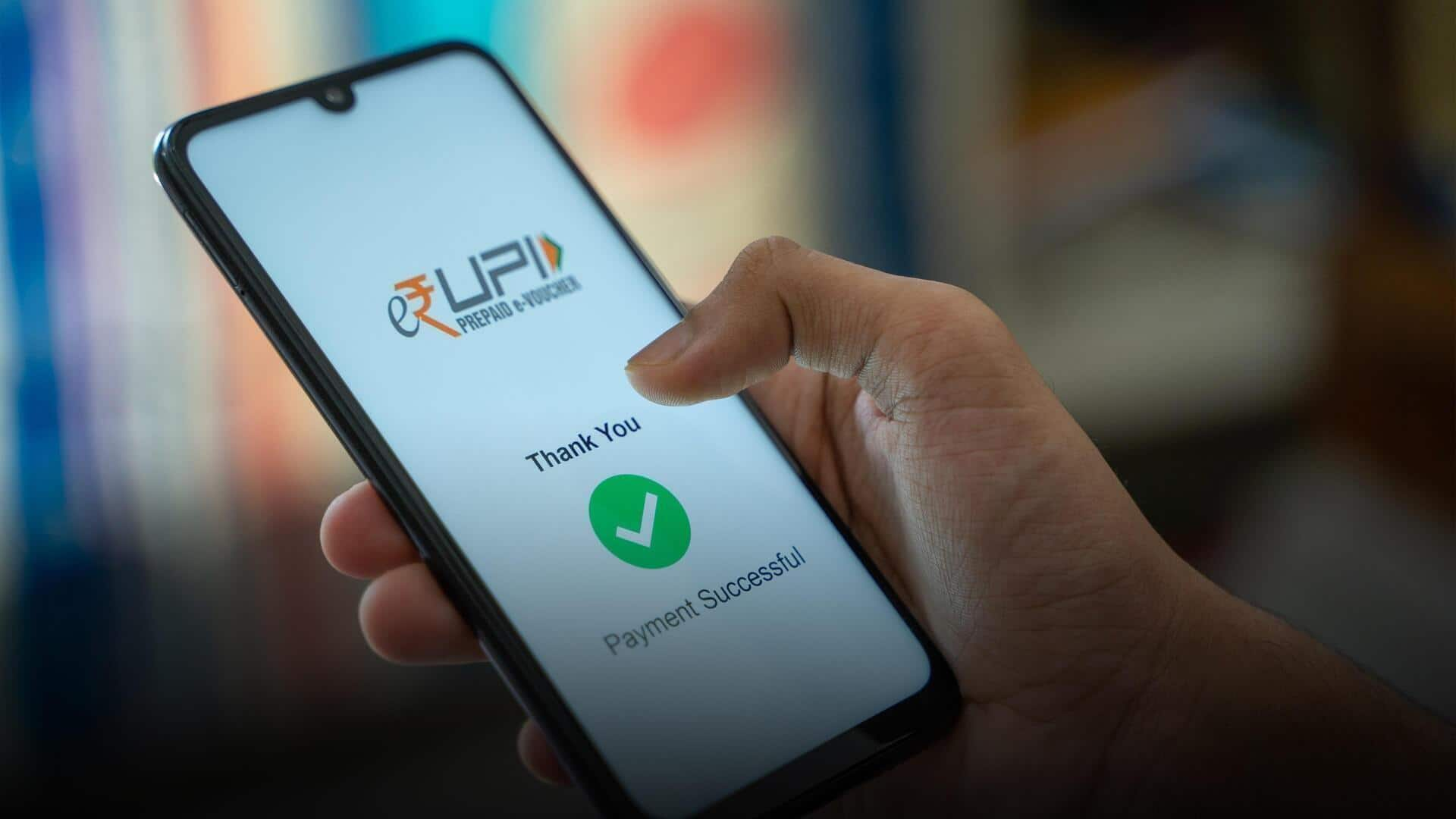
UPI will work differently from August 1: Here's what changes
What's the story
From August 1, the National Payments Corporation of India (NPCI) is making some backend rule changes to how Unified Payments Interface (UPI) works. The changes are aimed at improving balance checks, autopay requests, payment failures, and linked account verifications on apps like Google Pay and PhonePe. While these updates are not major, they will affect regular UPI users.
Autopay adjustments
Autopay requests will be processed only between 12am and 7am
From August 1, UPI apps will have to send autopay requests between 12am and 7am. This change is aimed at reducing server congestion and delays during peak hours. Even though you'll still get notifications, they are likely to come early in the morning. The new rule applies to automatic payments like OTT subscriptions, rent agreements, or Systematic Investment Plans (SIPs).
Check restrictions
Daily balance checks capped at 50
To avoid system abuse, NPCI is introducing a cap on daily balance checks. UPI users will only be able to check their account balance 50 times a day, which is meant to prevent misuse by bots or high-frequency checkers. This change comes as biometric authentication methods like Face ID or fingerprint scanning make balance checking a data-heavy task on UPI apps.
Transaction transparency
Payment status to be updated within seconds
To tackle the issue of UPI payments getting stuck with money debited but not received by the other party, NPCI is tightening timelines. From August 1, UPI apps will have to show the actual payment status (success/fail) within seconds. This change aims to reduce uncertainty and avoid confusion among vendors who may receive screenshots of pending transactions.
Verification process
Stricter verification process for linking new bank accounts
UPI apps will now have a stricter verification process when linking a new bank account. This could involve additional checks from the bank's end to confirm ownership of the account. While this may add some friction, it also reduces the risk of accidental or fraudulent linking, making UPI transactions more secure overall.